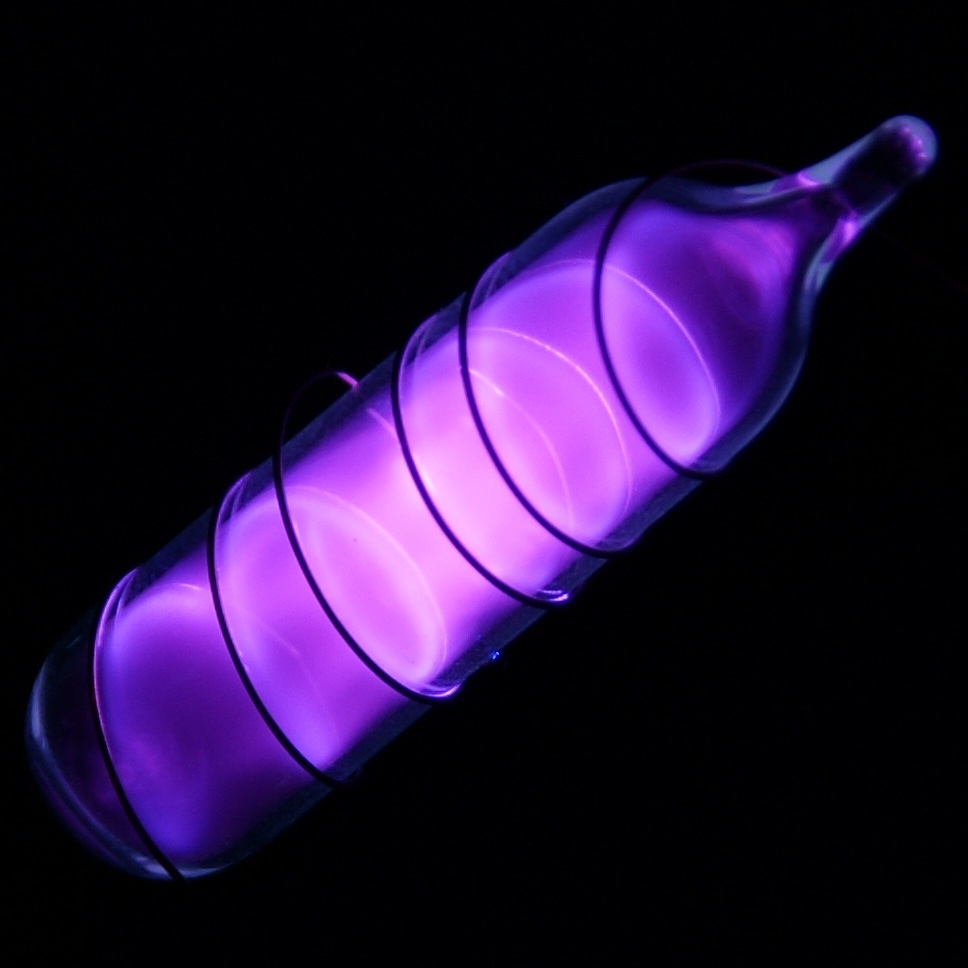Argon
18
Ar
Guruh
18
Davr
3
Blok
p
Protonlar
Elektronlar
Neytronlar
18
18
22
Umumiy xususiyatlar
Atom raqami
18
Atom massasi
39,948
Mass raqami
40
Turkum
Inert gazlar
Ranggi
Rangsiz
Radioaktivlik
Yoʻq
From the Greek argos, inactive
Kristall tuzilma
Yuz markazli kubik
Tarix
Argon was suspected to be present in air by Henry Cavendish in 1785.
It was not isolated until 1894 by Lord Rayleigh and Sir William Ramsay in Scotland.
Argon became the first member of the noble gases to be discovered.
In 1957, IUPAC agreed that the symbol should change from A to Ar.
It was not isolated until 1894 by Lord Rayleigh and Sir William Ramsay in Scotland.
Argon became the first member of the noble gases to be discovered.
In 1957, IUPAC agreed that the symbol should change from A to Ar.
Qobiqdagi elektronlar soni
2, 8, 8
Elektron konfiguratsiyasi
[Ne] 3s2 3p6
Argon makes a distinctive blue-green gas laser
Jismoniy xususiyatlar
Faza
Gaz
Zichlik
0,0017837 g/cm3
Erish harorati
83,8 K | -189,35 °C | -308,83 °F
Qaynash harorati
87,3 K | -185,85 °C | -302,53 °F
Eritish issiqligi
1,18 kJ/mol
Bugʻlanish issiqligi
6,5 kJ/mol
Solishtirma issiqlik sigʻimi
0,52 J/g·K
Yer po‘stidagi miqdori
0,00015%
Olamdagi miqdori
0,02%

CAS raqami
7440-37-1
PubChem CID raqami
23968
Atom xususiyatlari
Atom radiusi
71 pm
Kovalentlik radiusi
106 pm
Elektrmanfiylik
-
Ionlashish potensiali
15,7596 eV
Molyar hajm
22,4 cm3/mol
Issiqlik oʻtkazuvchanlik
0,0001772 W/cm·K
Oksidlanish darajasi
0
Qo‘llanilish sohalari
Argon gas is used to fill conventional incandescent and fluorescent light bulbs.
Argon is also used as an inert gas shield for arc welding and cutting, as blanket for the production of titanium and other reactive elements.
It is used as a protective atmosphere for growing silicon and germanium crystals.
Argon is also used as an inert gas shield for arc welding and cutting, as blanket for the production of titanium and other reactive elements.
It is used as a protective atmosphere for growing silicon and germanium crystals.
Argon is considered to be non-toxic
Izotoplar
Barqaror izotoplar
36Ar, 38Ar, 40ArBeqaror izotoplar
30Ar, 31Ar, 32Ar, 33Ar, 34Ar, 35Ar, 37Ar, 39Ar, 41Ar, 42Ar, 43Ar, 44Ar, 45Ar, 46Ar, 47Ar, 48Ar, 49Ar, 50Ar, 51Ar, 52Ar, 53Ar